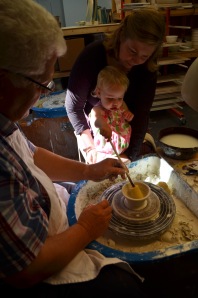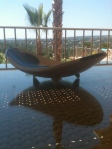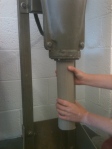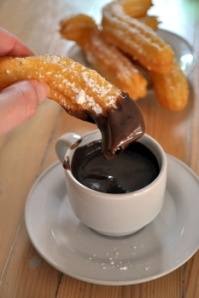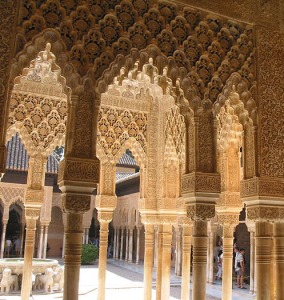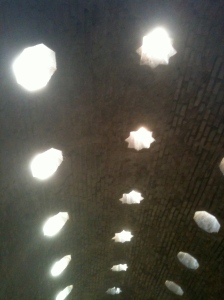Here comes the Sun
That huge ball of incandescent plasma at the centre of our solar system that provides all the energy we need for life here on Earth – in the depths of winter, on cold and overcast days, we miss seeing the old sun shining down on us, stimulating our pineal gland deep in the brain, and generally making us feel good. So let’s hear it for big Helios (you could fit 1.3 million planets the size of Earth into the Sun, apparently) and think ahead to Spring and Summer in a practical way – just as everything in the solar system orbits around the Sun, so do belatrova’s ideas revolve around our clientele’s happiness.
As the days get longer and the promise of heat starts to become a reality it is easier to imagine yourself on your balcony, or terrace, or veranda, or in your garden, glass in hand, as you soak in the rays and relax. What will enhance this experience is something that is associated with warm Mediterranean cultures, something pleasing to the eye and to the touch, something we have seen in palaces, gardens and fountains. Imagine the heat of Cordoba, then imagine stepping into the shade of its courtyards and passing your fingers over the cool surface of the tiles that adorn the inner walls. We would like you to enjoy our tiles in the same way, except that we have incorporated them into a new range of tables that can be used both indoors and out. There is no better surface on which to put that cold gin and tonic, that cup of coffee or that glass of lemon juice.
The advantages of tiles? Well, they are scratch, fire and stain resistant, they will not fade in the sunlight, they are waterproof and easy to clean, and, for the tabletop dancers amongst you, slip resistant. The metal frame and legs make them sturdy enough to support the weight of, say, a large goat. The tiles are grouted and held in place on marine plywood, which, of course, is waterproof.
So if you find yourself oversleeping, gaining weight, craving sweets and starchy foods, lacking in energy and irritable, it could be the beginnings of Seasonal Affective Disorder. However, remember that Spring is around the corner and that belatrova is always here to help. Many of you are gardeners and will be thinking of what needs planting and doing, and being bird lovers (having no doubt fed them throughout Winter) you will be wondering about the springtime needs of our little feathered friends: a good bath, we say. And we do make beautiful birdbaths, a wonderful combination of ceramic and oak. The picture below shows you how the oak turns after four full seasons exposed to the elements.
Here is a picture of some snowdrops taken in belatrova’s garden, just to emphasize that Spring is nor far away. Don’t forget to visit our website www.peterarscott.co.uk/dev and if you are on Pinterest have a look at our boards: https://www.pinterest.com/belatrova/
Give us a ring if you want to drop in: +44 (0) 1531 634082
To a snowdrop (William Wordsworth)
LONE Flower, hemmed in with snows and white as they
But hardier far, once more I see thee bend
Thy forehead, as if fearful to offend,
Like an unbidden guest. Though day by day,
Storms, sallying from the mountain-tops, waylay
The rising sun, and on the plains descend;
Yet art thou welcome, welcome as a friend
Whose zeal outruns his promise! Blue-eyed May
Shall soon behold this border thickly set
With bright jonquils, their odours lavishing
On the soft west-wind and his frolic peers;
Nor will I then thy modest grace forget,
Chaste Snowdrop, venturous harbinger of Spring,
And pensive monitor of fleeting years!






























































